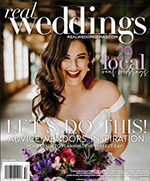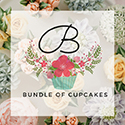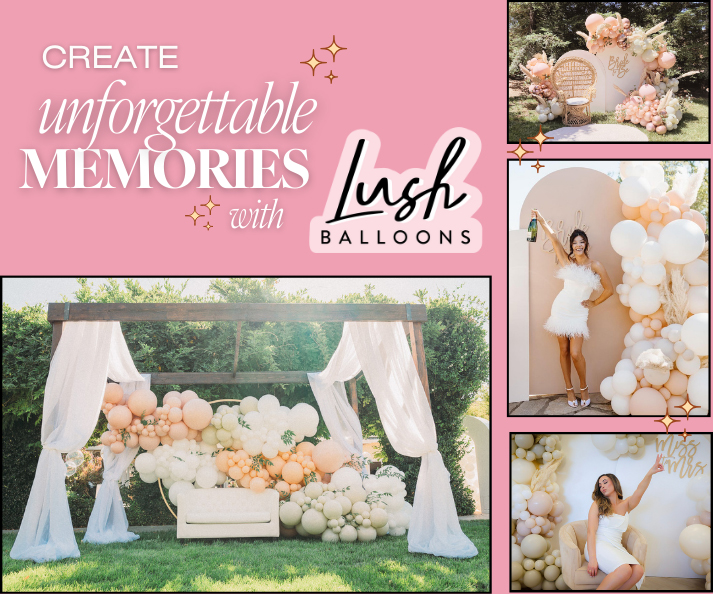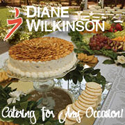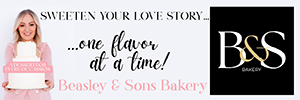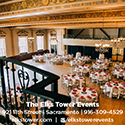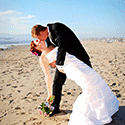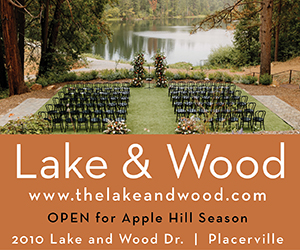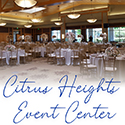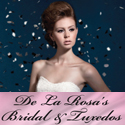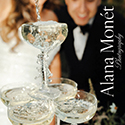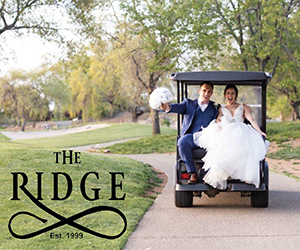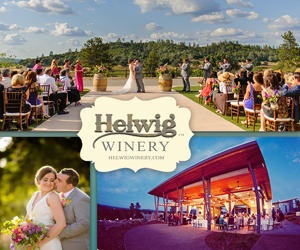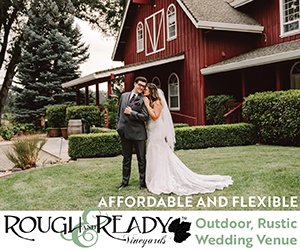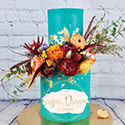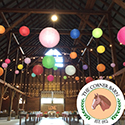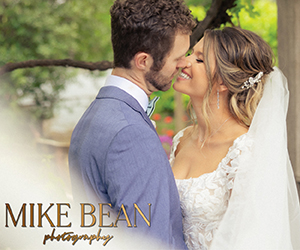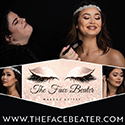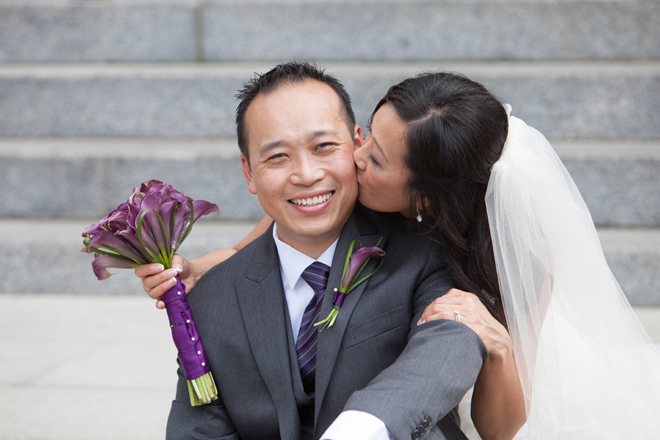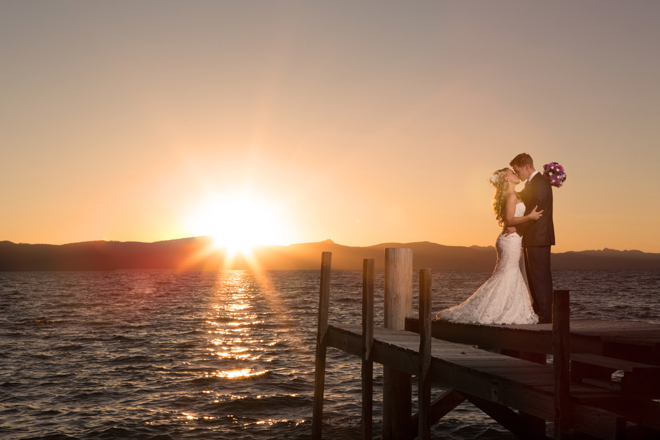My mom recently started a floral design business down in Southern California. I’ve frequently taken visits with her down to the flower mart to sample the wares. Every time I peruse the aisles I’m amazed at the sheer variety on display.
Talking with some of the local floral designers, I’m also getting a little education on seasonality…what flowers are best to buy at certain times of year based on color, quality, style and, most of all, price.
We though would be fun (and useful!) to ask some of our local floral designers their thoughts on seasonal flowers, starting with dreamy winter weddings. Hopefully, readers planning events from late December to early March will get fresh ideas when planning out your own bridal bouquets.
This round we asked Angie Zimmerman of Heavenly Flowers and Events to give her “seasoned” advice on wonderful winter blooms:
RING AROUND THE ROSEY
“Roses are a bridal favorite and available all year. However, at this time of year, both red and white roses will start to go up in price leading up to Valentine’s Day! There is a logical reason for this…besides supply and demand!
It takes about 45 days from the time a rose is cut from a bush until there is another rose ready to be cut. So that means that growers have to cut back their roses at the end of December in order for there to be enough supply for Valentine’s Day.
When the growers cut back all the bushes, it creates a temporary “lack of supply” which raises the prices. As for the actual Valentine’s Day roses, growers are trying to make up for the “lack of supply” and taking advantage of the supply and demand phenomenon. Typical rose prices from a retail florist will vary between $3-$8.00 per stem. The average is $5.00 per stem. During the two weeks before Valentine’s Day and up to Valentine’s Day, the cost of a typical rose will climb to double or triple that cost. The cost does not necessarily reflect “design” time or cost.”
TIP TOE THROUGH THE TULIPS
“Other flowers available for winter weddings include tulips, alstromeria, anemone, antherium, bouvardia, some cymbidium orchids, dendrobium orchids, carnations, some lisianthus, freesia, gerbera daisies, hyacinths, iris, lilies, calla lilies and ranunculus.
Freesia
Gerbera Daisies
Dendrobium Orchids
Ranunculus
Some of these flowers are less expensive to purchase, however, require more design finesse and thus raise the completed bouquet cost.
For example, tulips (as long as they are not French tulips) are relatively inexpensive flowers. However, tulips are an unusual flower in that they continue to grow even after they have been cut from the bulb. They also continually stretch and bend towards light or sun. So to use them effectively in a bouquet, they have to be wired and taped…which is a big labor cost. Otherwise, you cannot know for sure what your tulips will do when taken out of the cooler and presented to the bride.”
MIX IT UP
“The least expensive and most reliable flowers for winter bouquets are carnations and alstromeria. However, most brides do not adore these flowers.
Alstromeria
I have used carnations as a base for a hand tied bouquet and used more expensive/prestigious flowers as the flowers you really see above the carnations. It’s a great way to get a nice look without the added cost of an entire bouquet made of expensive flowers.”
Thanks, Angie!
For more information Heavenly Flowers and Events, visit www.heavenlyevents.net or call 916-941-1171.
Blog Post by Always a Bridesmaid Columnist Darren Elms.
Photo at top courtesy of Heavenly Flowers and Events. All other photos (c) istock.


